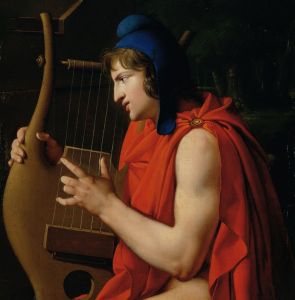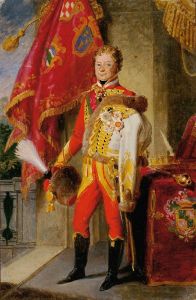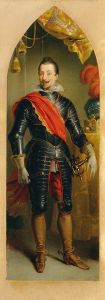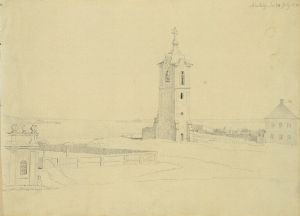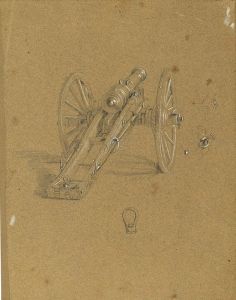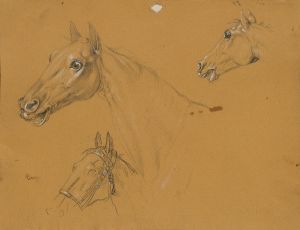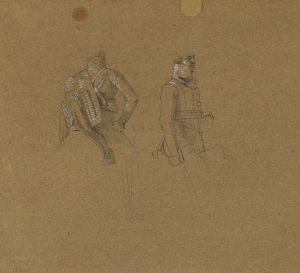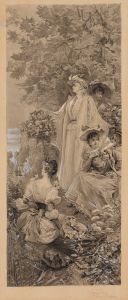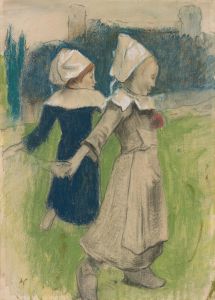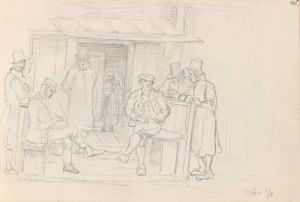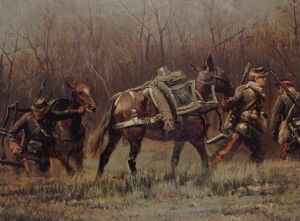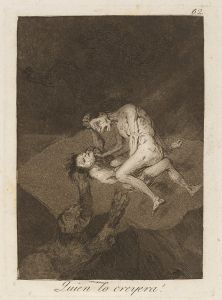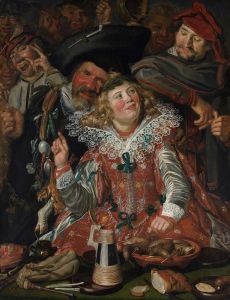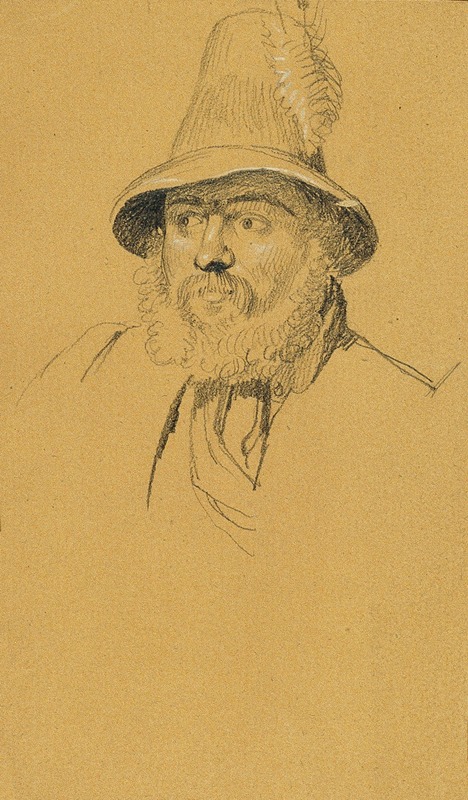
Kopfstudie zur ‘Szene aus dem Tiroler Freiheitskampf’
A hand-painted replica of Johann Peter Krafft’s masterpiece Kopfstudie zur ‘Szene aus dem Tiroler Freiheitskampf’, meticulously crafted by professional artists to capture the true essence of the original. Each piece is created with museum-quality canvas and rare mineral pigments, carefully painted by experienced artists with delicate brushstrokes and rich, layered colors to perfectly recreate the texture of the original artwork. Unlike machine-printed reproductions, this hand-painted version brings the painting to life, infused with the artist’s emotions and skill in every stroke. Whether for personal collection or home decoration, it instantly elevates the artistic atmosphere of any space.
Johann Peter Krafft's Kopfstudie zur ‘Szene aus dem Tiroler Freiheitskampf’ (Head Study for ‘Scene from the Tyrolean Struggle for Freedom’) is a preparatory study created by the Austrian painter Johann Peter Krafft (1780–1856). Krafft was a prominent artist of the Biedermeier period, known for his historical paintings, portraits, and genre scenes. This specific work serves as a study for one of his larger historical compositions, which depicted events from the Tyrolean Rebellion of 1809.
The Tyrolean Rebellion was a significant uprising during the Napoleonic Wars, in which Tyrolean peasants, led by Andreas Hofer, resisted the Bavarian and French forces occupying their region. Krafft’s larger painting, Szene aus dem Tiroler Freiheitskampf (Scene from the Tyrolean Struggle for Freedom), portrays a dramatic moment from this conflict, emphasizing the heroism and sacrifice of the Tyrolean people. The Kopfstudie (head study) is a preparatory work that focuses on the detailed depiction of an individual figure’s head, likely intended to capture the emotional intensity and realism required for the final composition.
The study reflects Krafft’s meticulous approach to historical painting, as he often created detailed sketches and studies to ensure accuracy and expressiveness in his works. The Kopfstudie demonstrates his skill in rendering human emotion and character, which were central to his artistic style. The subject of the study, while not definitively identified, is believed to represent one of the key figures or participants in the rebellion, as Krafft sought to imbue his works with a sense of authenticity and historical significance.
The medium of the Kopfstudie is oil on canvas, a common choice for preparatory studies during this period. The work is characterized by its careful attention to detail, particularly in the facial expression and texture, which convey a sense of immediacy and depth. The study is an example of Krafft’s ability to balance realism with the idealized heroism often associated with historical painting.
The exact date of the creation of the Kopfstudie is not definitively documented, but it is presumed to have been made in preparation for the larger painting, which was completed in 1811. The study is part of Krafft’s broader body of work that aimed to celebrate Austrian history and national identity during a time of political upheaval in Europe.
Today, the Kopfstudie zur ‘Szene aus dem Tiroler Freiheitskampf’ is recognized as an important example of Krafft’s artistic process and his contribution to 19th-century historical painting. The location of the study, whether in a museum or private collection, is not widely documented in available sources.





